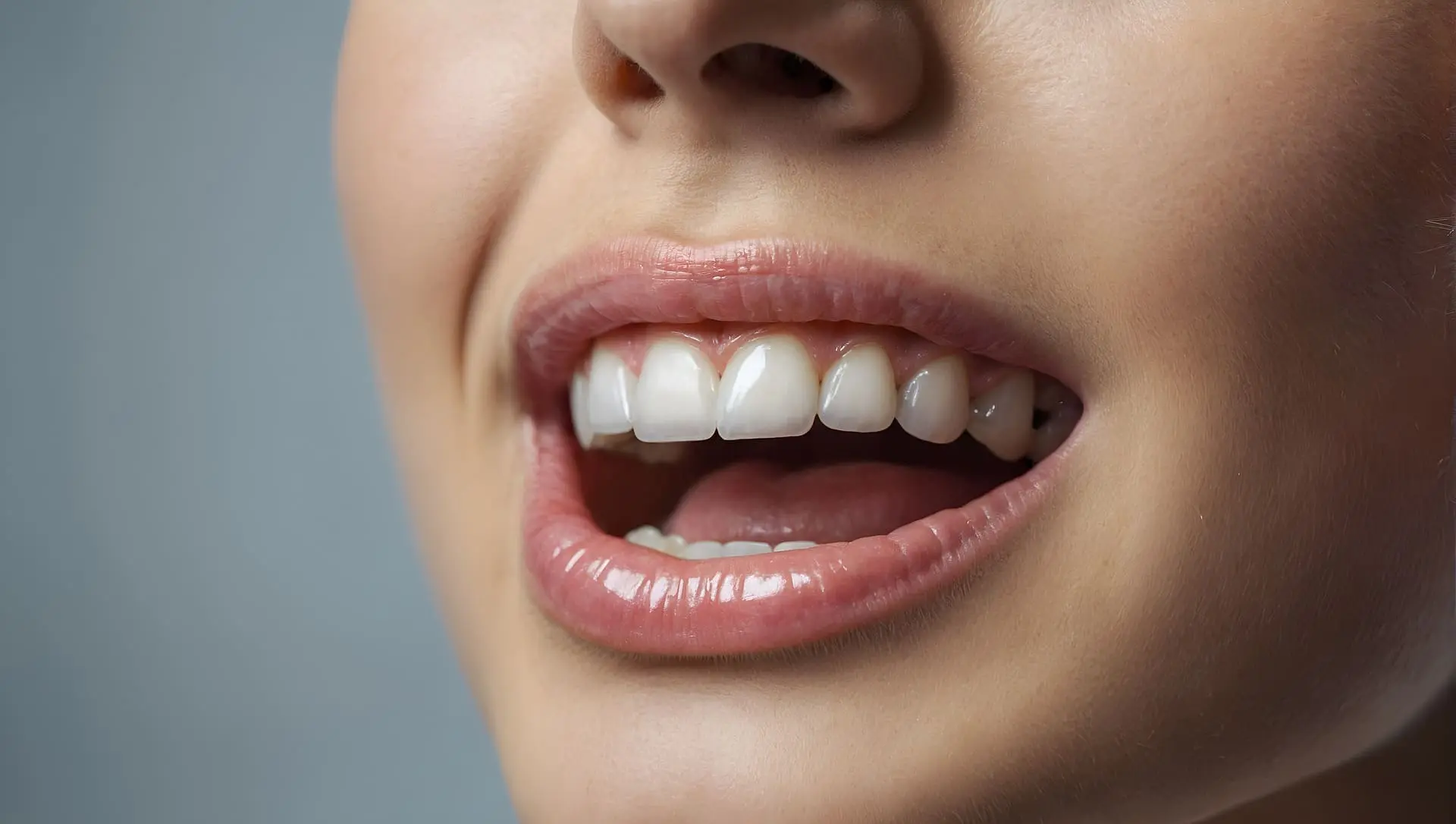
The Benefits of Dental Implants: Restoring Function and Aesthetics
Dental implants have become the gold standard for replacing missing teeth, offering a permanent solution that restores both function and aesthetics. Unlike dentures and bridges,
Home » Archives for June 2024

Dental implants have become the gold standard for replacing missing teeth, offering a permanent solution that restores both function and aesthetics. Unlike dentures and bridges,

Your diet plays a significant role in maintaining good oral health. The foods and beverages you consume can have a direct impact on the health

Invisalign has revolutionized the field of orthodontics by offering a clear, comfortable, and discreet alternative to traditional metal braces. This innovative treatment uses a series

Preventive dentistry is essential for maintaining optimal oral health and preventing dental problems before they arise. Regular dental check-ups, cleanings, and at-home oral hygiene practices

Dental veneers are a popular cosmetic dentistry option for those looking to improve the appearance of their smile. Veneers are thin, custom-made shells that cover